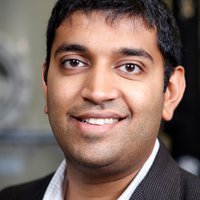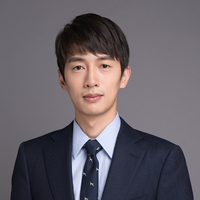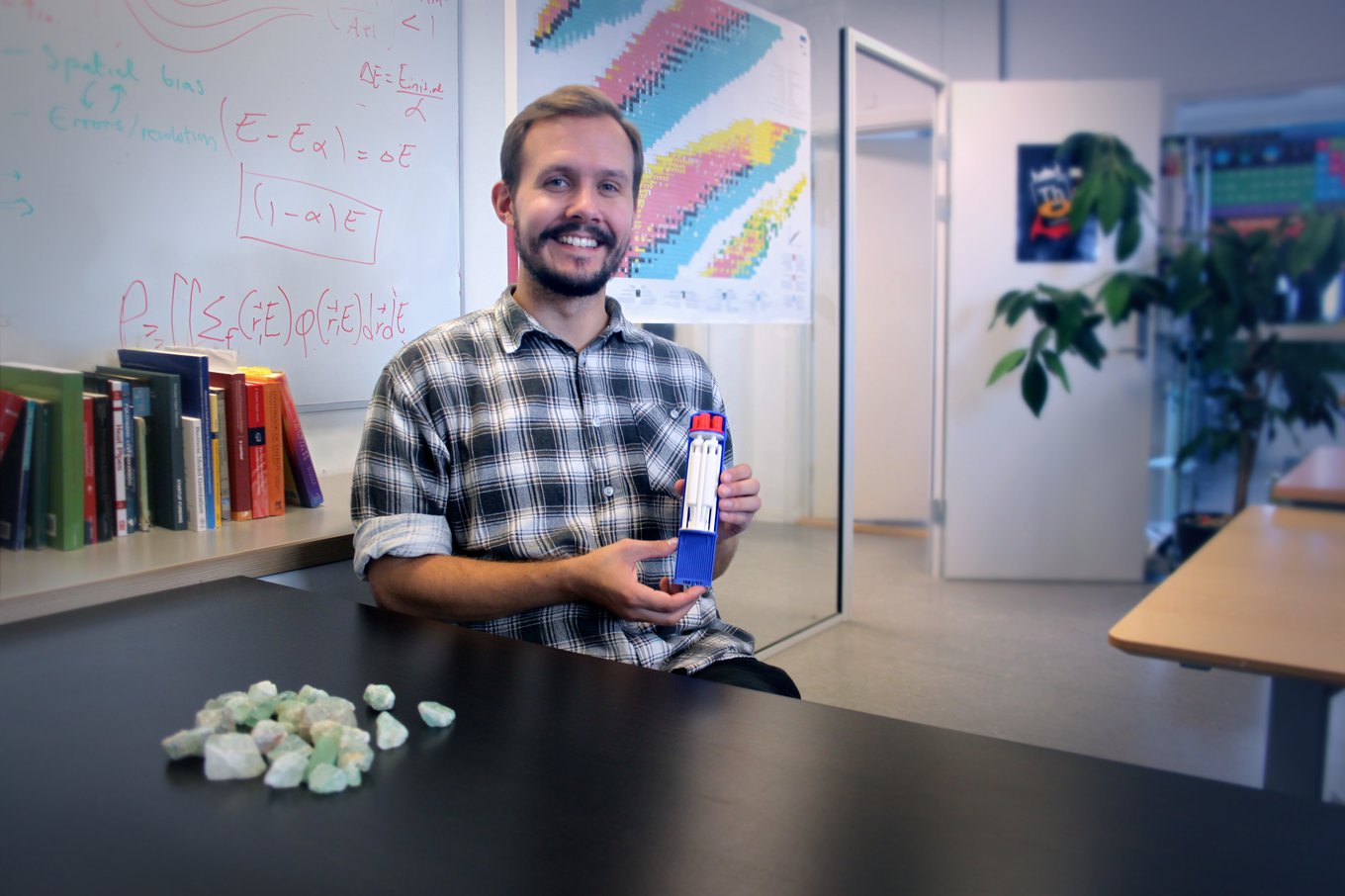The United Nations Intergovernmental Panel on Climate Change warned last August that reducing greenhouse gas emissions is the only way to keep global warming below 2°C. At the September climate summit, more than 70 countries pledged to reduce greenhouse gas emissions to zero by 2050. Energy generates 60% of them, according to the UN. At the same time, the agency warns that 13% of the world's population lacks "modern electricity services." The use of alternative sources would reduce emissions and help eliminate energy poverty.
Norwegian innovator, Eirik Eide Pettersen, co-founder and CTO of Seaborg Technologies, believes that there are two interconnected challenges to respond as a civilization: eliminating carbon dioxide responsible for global warming and providing electricity to 1 billion people. "It's a huge challenge," he sums up, believing that nuclear power can be part of the solution. His Compact Molten Salt Reactor (CMSR) project, safer and cleaner than traditional reactors, has made him one of the winners of Innovators Under 35 Europe from MIT Technology Review.
The CMSR works with both fossil fuels and renewable energy sources. In either case, it generates a large amount of low-carbon energy. Another of its attractive features is a novel liquid salt used as a neutron moderator: it acts as a catalyst to improve the efficiency of the fission chain reaction, which reduces the size and the cost of generating energy. Moreover, this moderator is not degraded by neutron irradiation - a challenge that has stalled previous attempts at commercializing the technology.
Liquid salt can be reprocessed, separating uranium and plutonium from fuel for reuse, to produce waste that only needs 300 years of storage in nuclear cemeteries. So far, long-lived nuclear waste may need up to 300,000 years of storage.
Seaborg Technologies has received several million euros from venture capital funds, private investors, and grants. The aim of the equipment is not only to produce energy at low cost and with inherent safety, but also to reach the population without access to electricity. They have their sights set on African countries, as well as Asia. "Southeast Asia is probably more interesting in the short term because some countries have economic conditions that call for clean energy," explains Pettersen. He also predicts that, if the technology is "as good as it could be," there will be room for different developers.
To find out, we'll have to wait until the early 2030s, when the team plans to start mass-producing the reactors. Before then, by the middle of the next decade and once they receive the execution licenses, the commercial prototype will be ready. Right now, they're working on design and hypothesis validation (Pettersen leads the entire technical team). Although power generation is the reactor's most important purpose, the researcher believes that "it would be great to produce hydrogen too," which is still "a challenge" because this requires higher temperatures.
The Norwegian admits, "I never thought I was going to be an entrepreneur." However, he affirms that "there is only a once in a lifetime chance to create something positive in the world with such a great impact." With a European master's degree in nuclear energy innovation and ready to start working at the International Atomic Energy Agency (IAEA), his adventure began with he received a call from another one of the company's co-founders. The young man remembers,"I asked him, 'Why don't you hire me?' He hung up and ten minutes later called me and said, 'Yes, it's a good idea. If you want the job, it's yours.' I said it was crazy, I had a job at the IAEA, I was going to start in two days, and I had to think about it. Ten minutes later I called him and said, 'Of course.'"
The Partner of Frontline VC and member of the Innovators Under 35 Europe 2019 jury, William McQuillan, feels Pettersen and his team have "a very ambitious proposal" and if they manage to move forward, it would have "a meaningful outcome on how we produce energy."
By José Manuel Blanco
Translation: Brian Bostwick




